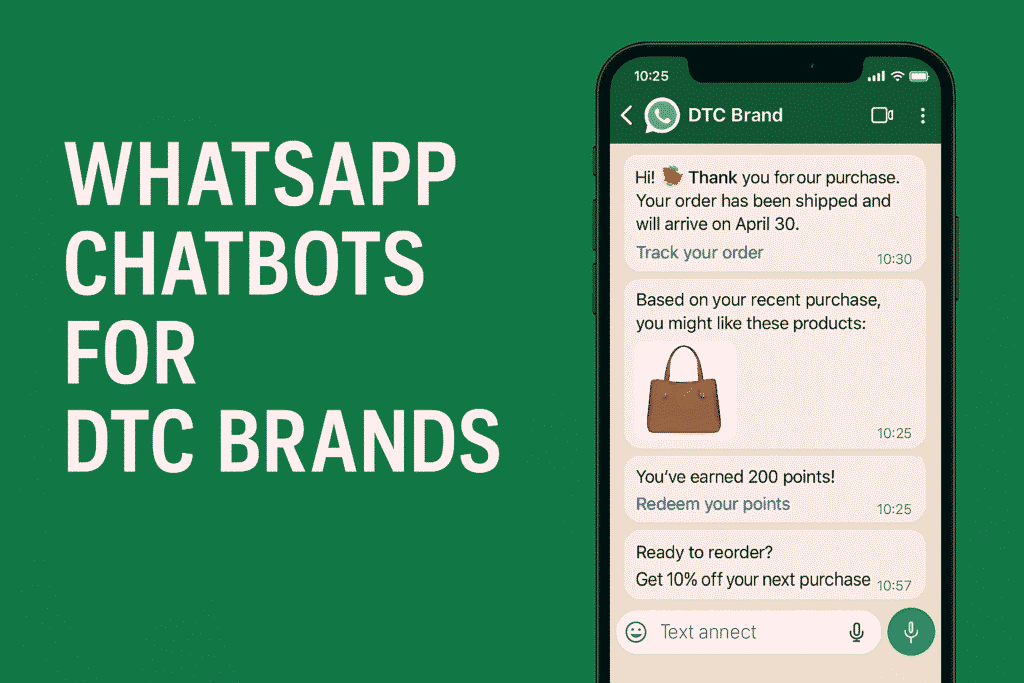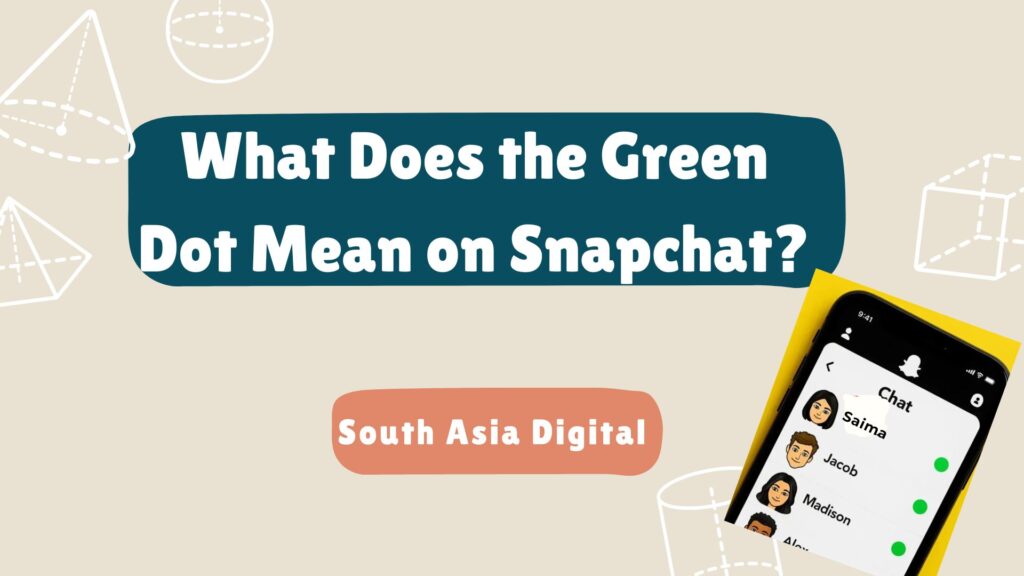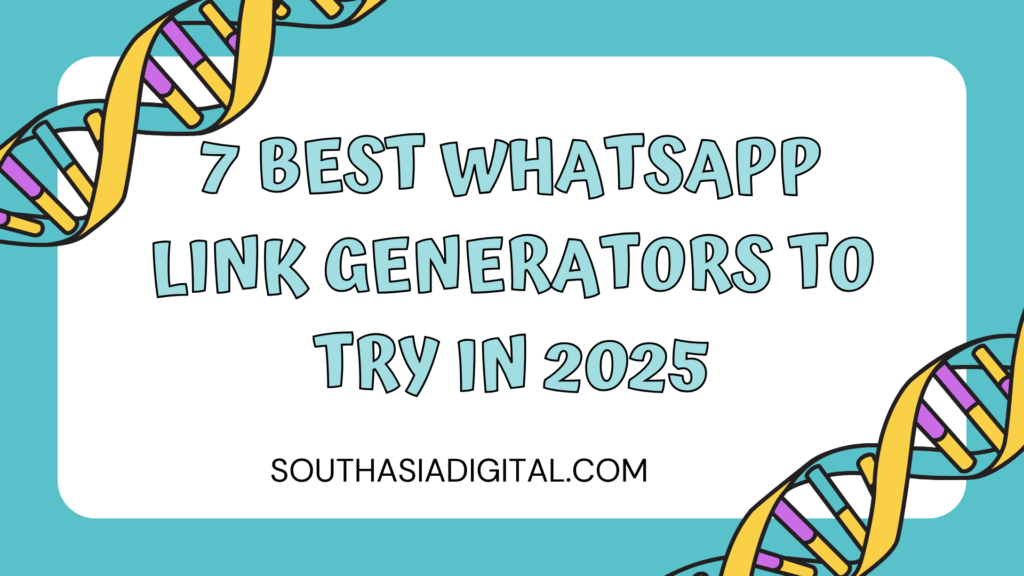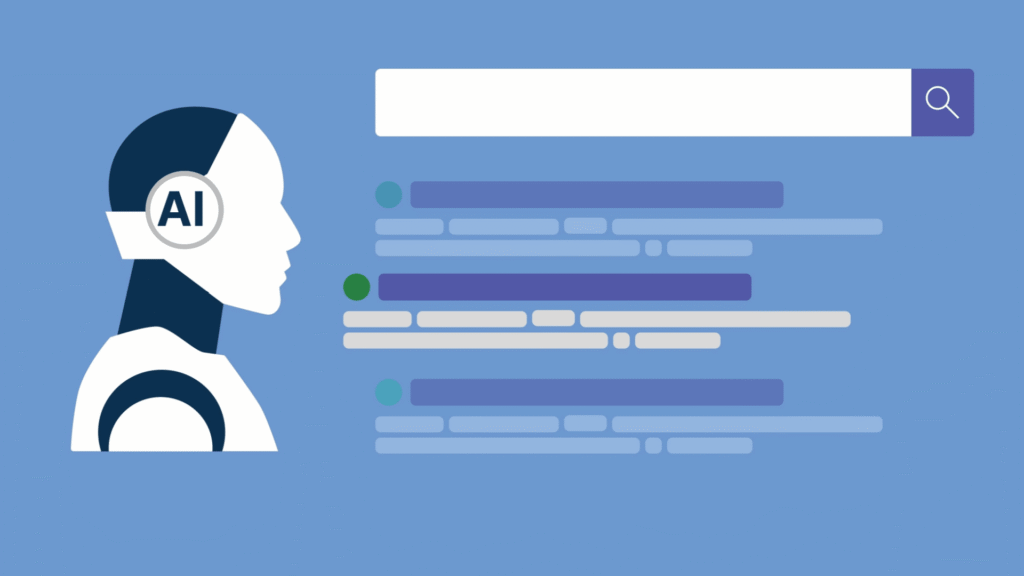In 2025, DTC brands are using WhatsApp chatbots to build customer loyalty by automating post-purchase support, offering real-time product recommendations, managing loyalty programs, and engaging customers with personalized messaging all inside a channel users trust and engage with daily. These chatbots integrate with CRM, eCommerce platforms, and loyalty systems to deliver intelligent, conversational experiences that increase repeat purchases and retention.
Let’s break down exactly how this works and how you can replicate it.
Why WhatsApp Is the Loyalty Powerhouse in 2025
WhatsApp is no longer just a messaging app it’s the front door to customer relationships. With over 2 billion users and market dominance in regions such as Asia, the Middle East, and Latin America, WhatsApp has become the number one customer communication tool for mobile-first brands.
Compared to traditional email or SMS:
- Open rates exceed 90%
- Two-way interaction is real-time and natural
- It supports rich content (images, buttons, links)
- Mobile users prefer messaging over apps
For DTC (Direct-to-Consumer) brands that rely on repeat purchases and brand connection, WhatsApp provides an always-on, low-friction way to build loyalty at scale.
6 Loyalty-Boosting Chatbot Use Cases for DTC Brands
Here’s how leading DTC companies are using WhatsApp chatbots to increase customer retention and satisfaction:
1. Automating Post-Purchase Support
The moment a purchase is complete, the chatbot becomes a personal concierge:
- Sends real-time order confirmation
- Shares tracking links as soon as the product is dispatched
- Updates users when packages are out for delivery or delayed
- Answers “Where is my order?” instantly without human support
This reduces WISMO (Where Is My Order) tickets and keeps the post-purchase experience stress-free.
2. Delivering Personalized Product Recommendations
Using purchase history, browsing behavior, or CRM data, chatbots:
- Recommend similar or complementary items
- Start conversations like: “Would you like a matching accessory?”
- Upsell based on past interests
This conversational commerce approach boosts average order value and makes customers feel understood.
3. Managing Loyalty Program Communication
Chatbots sync with platforms like Smile.io or Yotpo to:
- Inform users of earned points and rewards
- Send reminders about points expiration
- Notify customers when they hit new loyalty tiers
- Allow instant redemption or purchase using points
Instead of burying these updates in emails, they’re delivered straight into the chat.
4. Triggering Replenishment and Reorder Reminders
For consumables like skincare, supplements, or pet food:
- Bots track typical usage frequency
- Send timely messages: “It’s time to refill your Vitamin C serum.”
- Include a 1-click reorder button inside WhatsApp
These timely nudges create habit loops and drive higher LTV.
5. Collecting Reviews and User-Generated Content
Once a product is delivered:
- Chatbots ask for ratings or reviews
- Offer discounts for sharing a photo or testimonial
- Collect user content directly via WhatsApp, including images or videos
This drives social proof while keeping the process frictionless.
6. Engaging VIP Customers and Communities
For power users, high spenders, or early adopters:
- Give early access to new launches
- Share private links for limited drops
- Send invitations to online events or in-person experiences
WhatsApp becomes a direct channel for exclusive, loyalty-focused engagement.
WhatsApp Chatbots vs Email and SMS for Loyalty Programs Comparison
| Capability | WhatsApp Chatbots | Email Campaigns | SMS Marketing |
|---|---|---|---|
| Open Rate | 90–98% | 15–25% | 30–45% |
| Engagement Format | Interactive, rich | Static HTML | Plain text |
| Personalization | Conversational | Segmented | Limited |
| Timing | Real-time | Scheduled batch | Time-based |
| Automation & Flow Logic | Advanced AI/NLP | Rules-based | Basic triggers |
| Integration with Loyalty Apps | Yes | Yes | Limited |
WhatsApp wins where it matters most: speed, interaction, personalization, and ongoing engagement.

4 Steps to Implement a WhatsApp Loyalty Chatbot for Your Brand
Here’s a step-by-step plan to launch your own loyalty-building WhatsApp chatbot system:
Step 1: Choose a WhatsApp Business API Provider
You’ll need access to the WhatsApp Business API to run scalable, automated flows. Popular options include:
- Twilio or Gupshup – More developer-friendly with API flexibility
- AiSensy, Interakt, Zoko – Purpose-built for Shopify and WooCommerce brands
Step 2: Map Key Loyalty Flows
Based on your customer journey, design flows such as:
- Post-purchase engagement
- Loyalty tier notifications
- Review requests
- Replenishment nudges
- Cross-sell conversations
Use visual flow builders or pre-built templates where possible.
Step 3: Integrate with eCommerce and Loyalty Systems
To personalize experiences, connect your chatbot with:
- Shopify or WooCommerce store
- Your loyalty platform (e.g., Smile.io)
- CRM or customer data platform
- Delivery and order tracking apps
This ensures every chat reflects real-time customer data.
Step 4: Launch, Test, and Optimize
Start with a limited audience (e.g., top customers). Track:
- Engagement rates
- Click-through and conversion from chat
- Number of support tickets reduced
- Impact on reorder rate and LTV
Then refine your flows, language, and timing based on results.
Real-Life Applications of WhatsApp Loyalty Automation
Here’s how smart DTC brands are applying these strategies:
Beauty brand: Automates skin routine suggestions via WhatsApp based on skin type and past purchases. Sends loyalty tier updates and birthday discounts.
Fitness brand: Sends WhatsApp reminders every 30 days to reorder protein shakes. Customers can reply “YES” to place an order instantly.
Apparel brand: Offers early access to new collections via private WhatsApp groups segmented by loyalty level.
At South Asia Digital, we help DTC brands set up exactly these kinds of advanced, retention-focused automation workflows—customized to your tech stack, audience, and loyalty model.
Always Avoid These Common Mistakes with WhatsApp Chatbots
- Don’t spam users. Only message after consent and keep it value-driven.
- Don’t try to automate everything. Keep human fallback options.
- Don’t neglect testing. Optimize each flow to reflect brand tone and audience behavior.
- Don’t use generic broadcasts. Use behavioral segmentation and triggers.
Benefits of WhatsApp Chatbots for DTC Loyalty in 2025
Here’s what you gain from smart automation:
- Higher retention rates through proactive engagement
- Increased repeat orders with AI-powered re-engagement
- Lower support costs by handling repetitive loyalty queries via chat
- Deeper customer relationships built through personalization
- Stronger community bonds by treating users like VIPs
The result: happier customers, stronger brand connection, and a growing lifetime value—all managed inside a familiar chat interface.
How to Get Started Today
If you’re a DTC brand owner ready to scale loyalty beyond email and SMS, WhatsApp automation is your next frontier.
Here’s your action list:
- Audit your current loyalty touchpoints
- Choose a WhatsApp platform that fits your store
- Design 3–5 flows to start with (post-purchase, loyalty updates, review request)
- Integrate with your CRM and store
- Launch with a targeted customer segment
- Monitor, measure, and iterate
Or let us help you do it.
South Asia Digital builds AI-powered WhatsApp chatbot systems that turn one-time customers into loyal brand advocates. From integration to flow strategy—we help DTC brands grow retention through intelligent automation.
Contact us today to start building your loyalty chatbot system.
FAQs
Are WhatsApp chatbots effective for small DTC brands?
Yes, especially if you rely on repeat purchases. Even simple automations can boost engagement and reduce churn.
Can I send promotional messages on WhatsApp?
Yes, but only to customers who opted in. Meta’s policies are strict, so always follow consent guidelines.
What’s better for loyalty—WhatsApp, SMS, or email?
WhatsApp combines the immediacy of SMS with the engagement of email, making it more effective in most cases.
Is WhatsApp automation GDPR-compliant?
If properly implemented using the Business API and consent flows, yes—it’s compliant with GDPR and other data laws.



